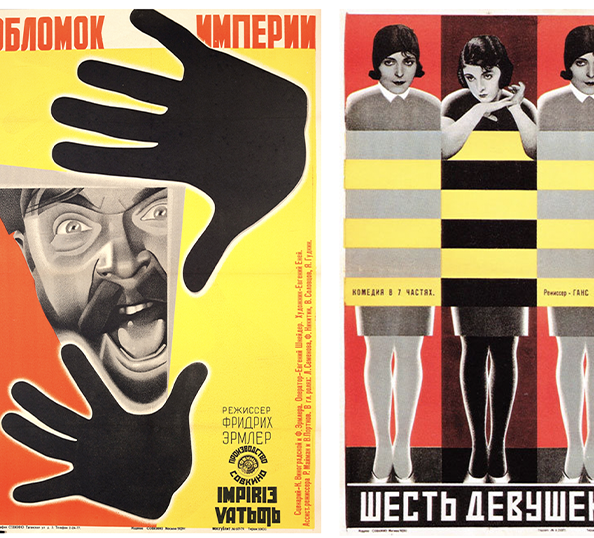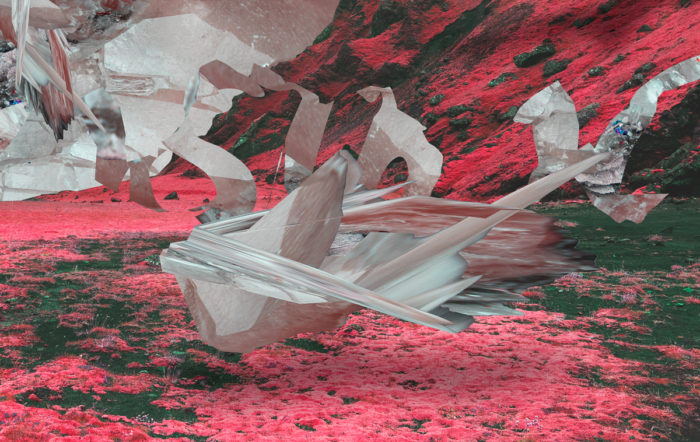Manchester’s legendary Factory Records turns 40 this year, and they’re celebrating the milestone with two vinyl box sets, as well as an exhibit of Factory artifacts at London’s Chelsea Space, opening in September.
Founded by Tony Wilson, Factory Records was responsible for releasing music by Joy Division, New Order, the Happy Mondays, and A Certain Ratio (as well as ushering in a new era of ecstasy-fueled debauchery at their Haçienda Club) some of which was documented in the 2002 film 24-Hour Party People.
Factory wasn’t all about the music however; they were also known for their iconic graphic design, largely the creation of Peter Saville. Now considered one of the UK’s most influential graphic designers, Saville was just a 23-year-old kid with little experience when he was tapped to launch the Factory Records look. Let’s take a look at six of Factory Records most iconic pieces of design through the years.
FAC 1 The Factory poster (1978)
Tony Wilson met Peter Saville at “a very, very bad Patti Smith gig in late ’77 or early ’78.” Shortly thereafter, Wilson commissioned the Manchester Polytechnic graphic design student to create a poster for the first set of Factory concerts. The poster actually arrived too late for the events (Saville is notorious for his inability to meet a deadline), but still managed to set the tone for much of the Factory Records look—an embrace of post-industrial imagery with a surrealist edge.
FAC 10 Joy Division — Unknown Pleasure (1979)
The waves that launched a thousand t-shirt rip-offs (even the Walt friggin’ Disney Corporation borrowed the image for a Mickey Mouse t-shirt), Peter Saville’s design for Joy Division’s debut album has become instantly recognizable. The image is actually that of successive radio waves from pulsar CP 1919 star (either Ian Curtis or Bernard Sumner found the graphic in The Cambridge Encyclopaedia of Astronomy), which Saville inverted the colors on, and rock history was made.
FAC 14 The Durutti Column — The Return of the Durutti Column (1980)
Designed by Tony Wilson and Dave Rowbotham, this LP from post-punk outfit The Durutti Column featured heavy-duty sandpaper on both sides of the sleeve. That meant anytime you removed or re-shelved the album you were also destroying the records on either side. The sandpaper idea was actually borrowed from Situationist Guy Debord’s Memoires, which also had a sandpaper cover. Only 2,000 editions of the sandpaper sleeve were ever made—today they sell for upwards of $600 on Discogs.
FAC 51 The Haçienda (1982)
Factory Records was in the habit of cataloguing every piece of ephemera with a number, including office Christmas parties, pins, and computer programs (you can find an exhaustive list of the catalog here). FAC 51 was bestowed upon the now infamous/legendary Haçienda nightclub in Manchester. For 15 years, the former warehouse played host to Madonna and The Smiths, while also helping birth the acid house and rave scenes.
FAC 73 New Order — Blue Monday 12” (1983)
If you’ve seen the film 24-Hour Party People, a biopic of Factory founder Tony Wilson, then you know the story of Peter Saville’s Blue Monday fiasco. The die-cut sleeve was designed to look like an enormous floppy disk; the color-coding on the side was a messaging code that ran through 1983’s Confusion(FAC 93). Unfortunately the complexity of the single’s sleeve design meant that Factory Records actually lost money on each copy they sold. That wouldn’t have been too disastrous were it not for the fact that Blue Monday went on to become the biggest-selling 12” record of all time.
FAC 320 Happy Mondays — Pills ’n’ Thrills and Bellyaches(1990)
Helping kick off the day-glo frenzy of the ‘90s rave scene, the design of this legendary album was the creation of the Manchester-based collective Central Station Design. Composed of a montage of children’s candy wrappers, later editions of the album were forced to swap out the sweets imagery after complaints from candy companies about the album’s drug-friendly content.



